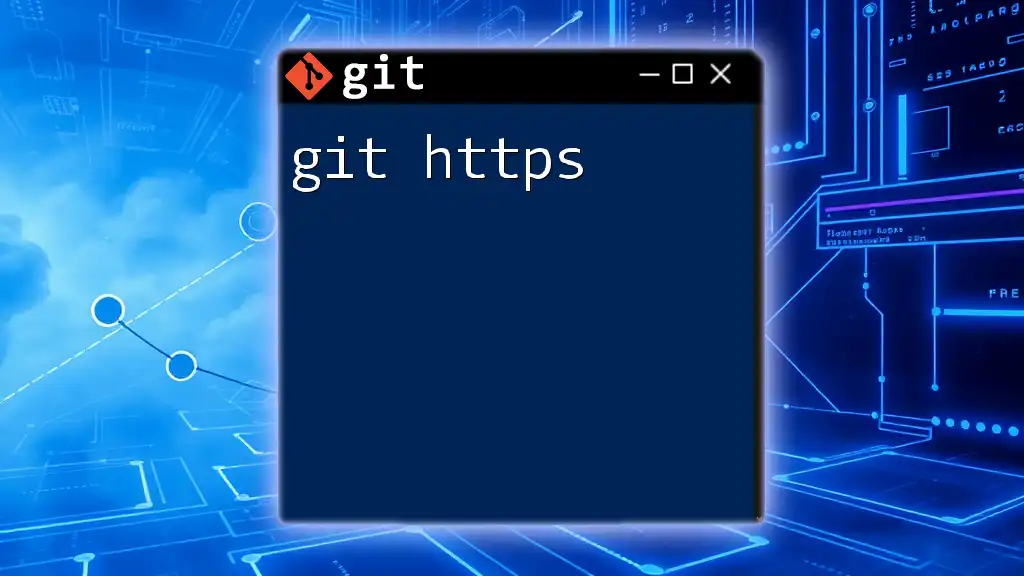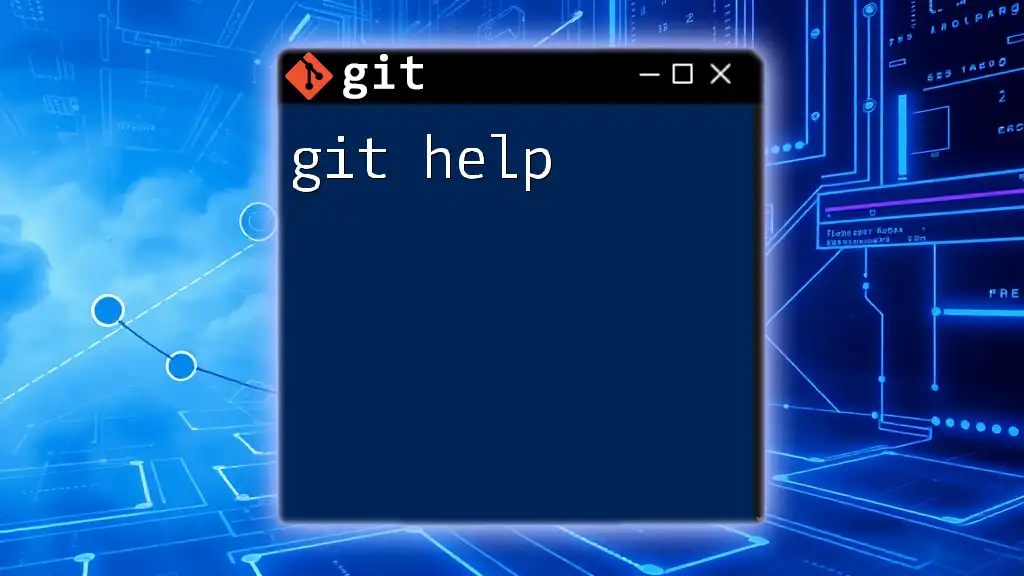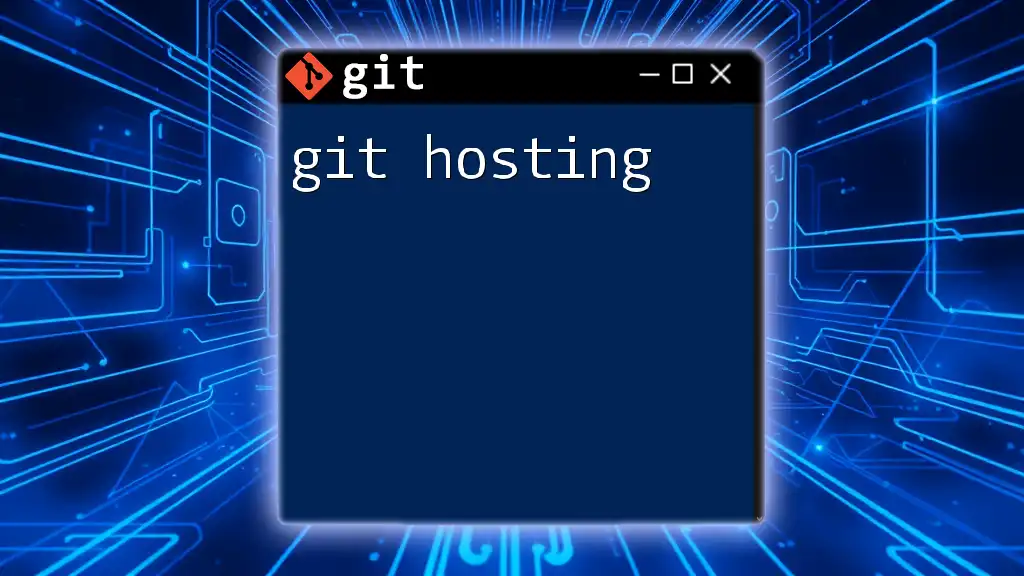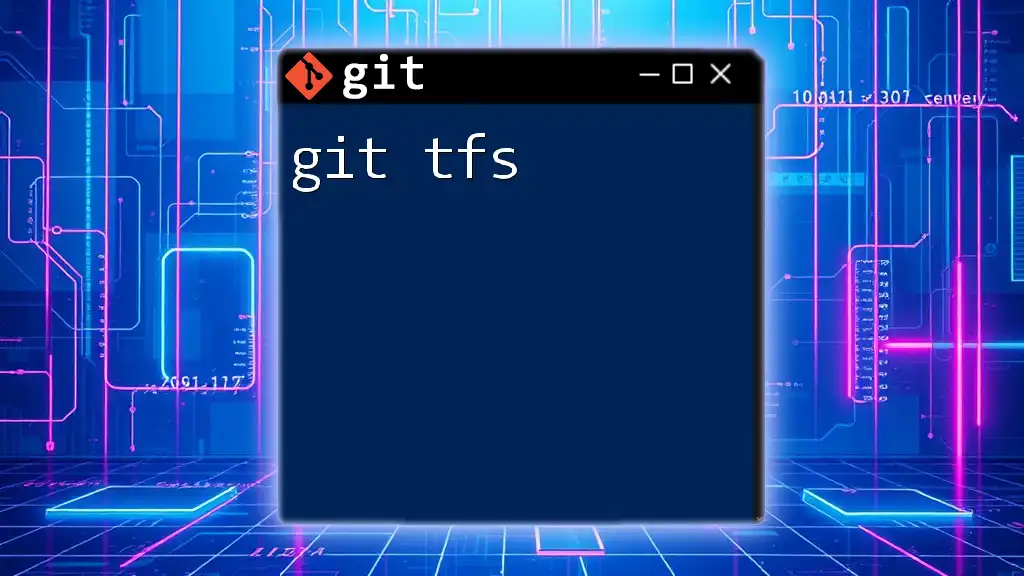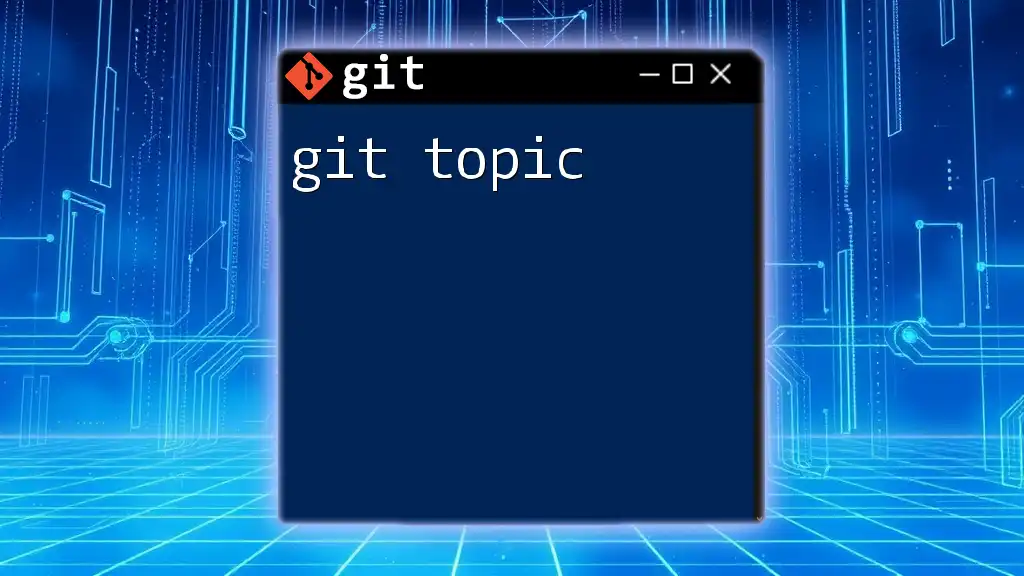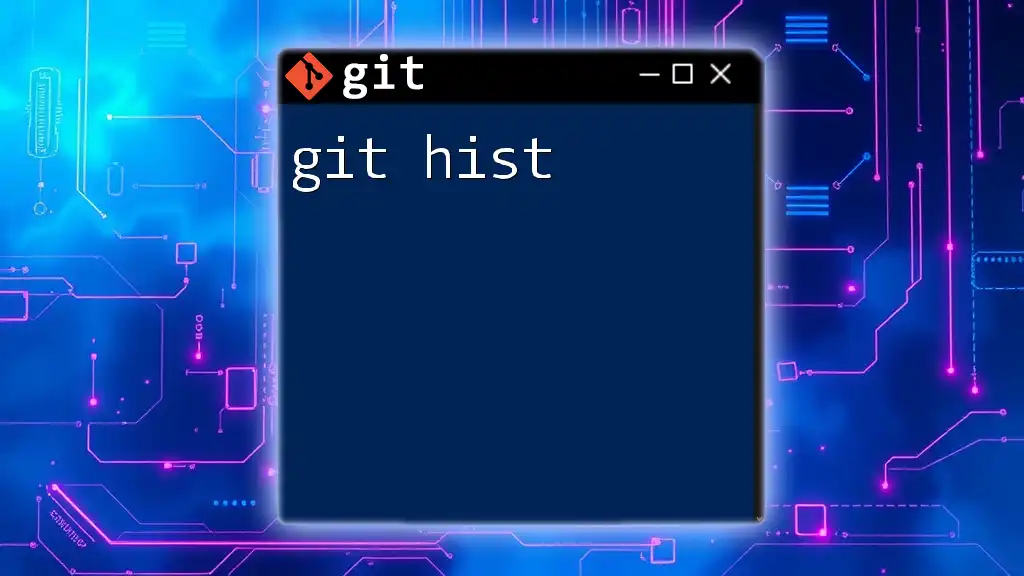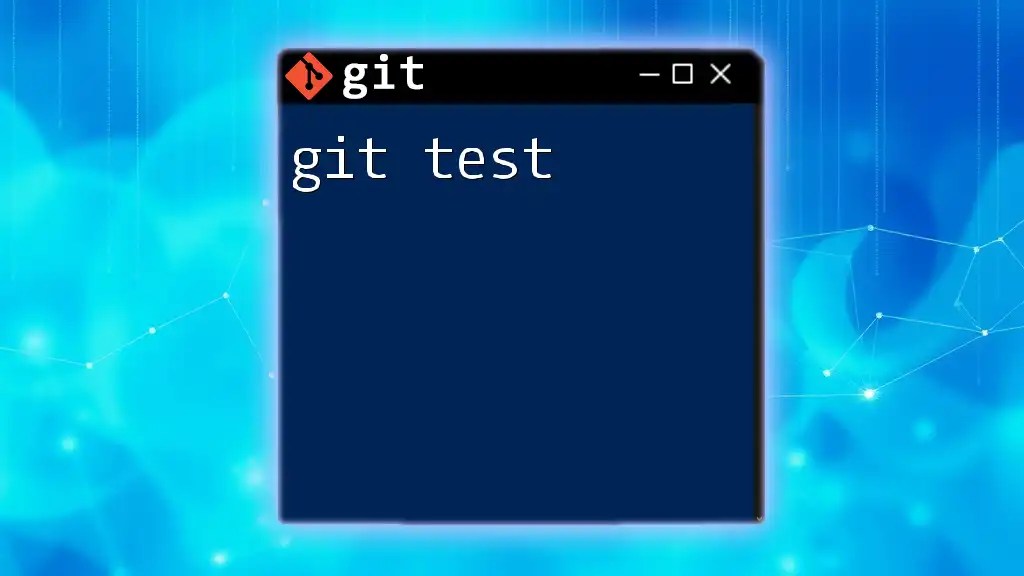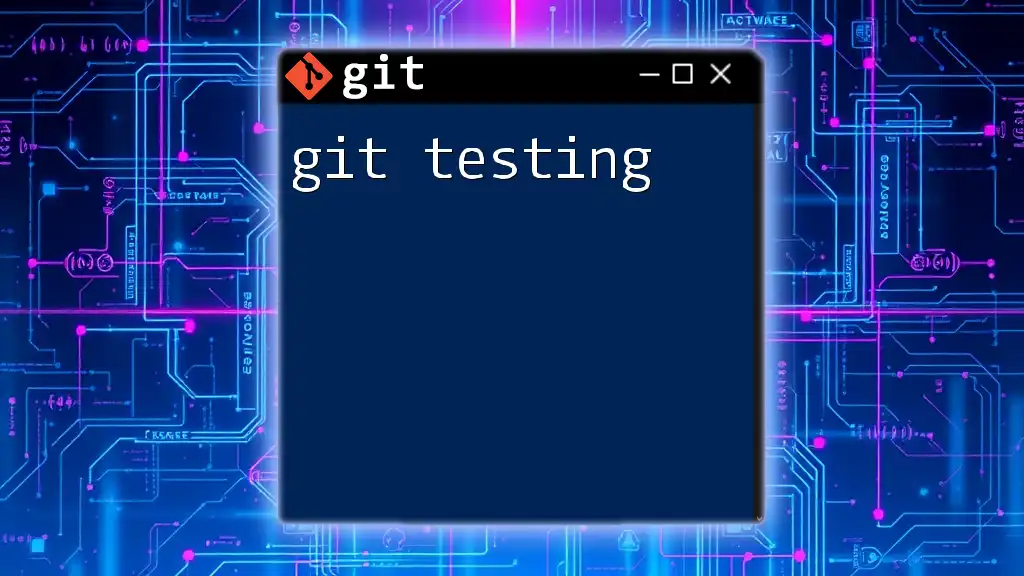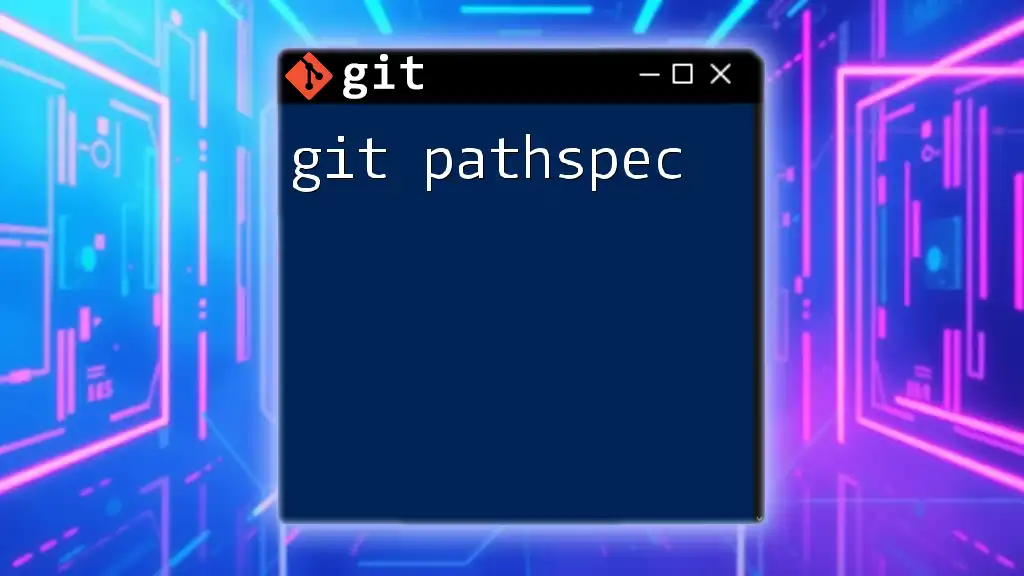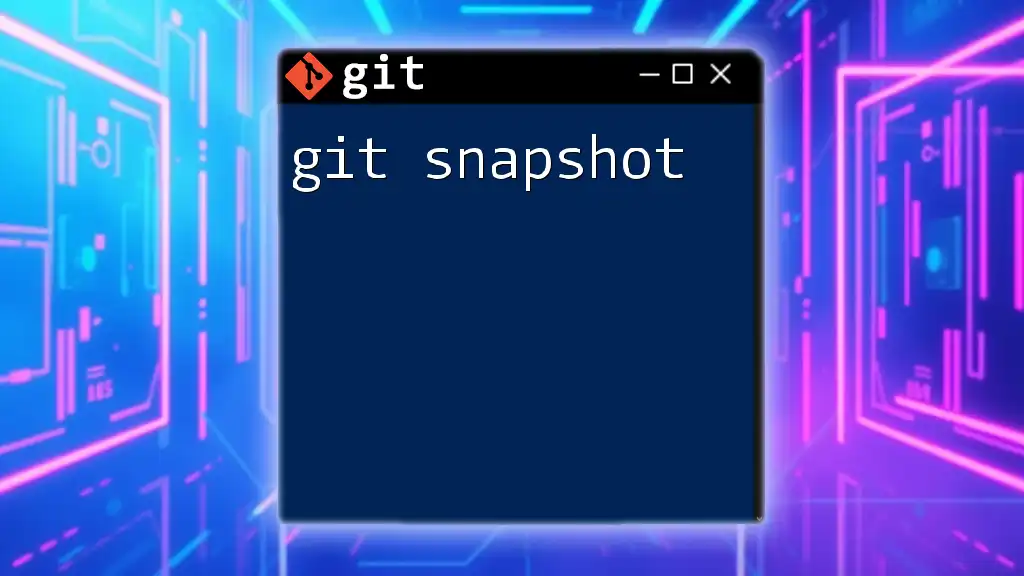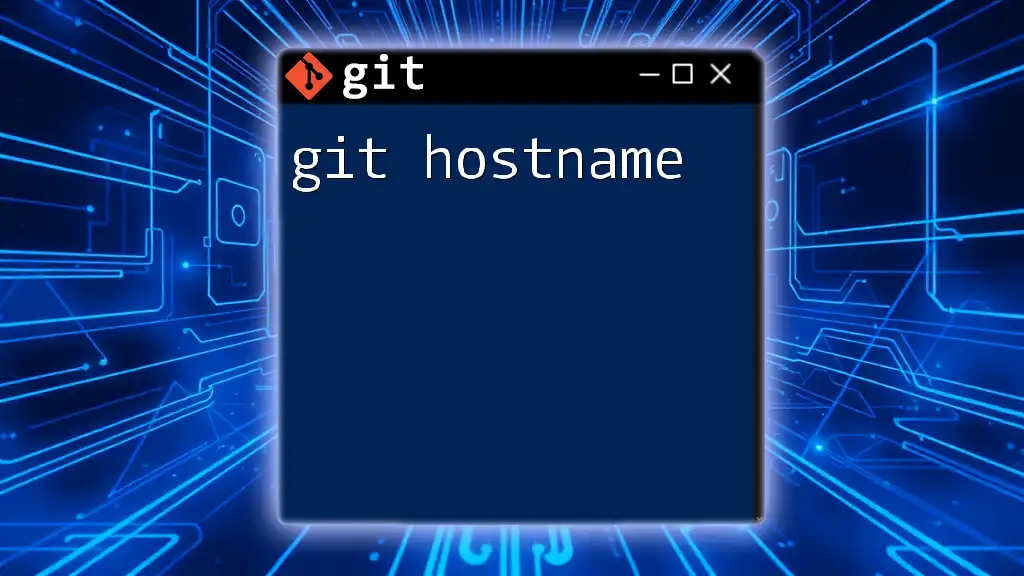Git HTTPS is a protocol used to securely access and manage remote Git repositories over the internet by using HTTPS URLs for cloning, pulling, and pushing changes.
Here's an example of how to clone a repository using Git over HTTPS:
git clone https://github.com/username/repository.git
Understanding Git HTTPS
Git is a powerful version control system that facilitates tracking changes in source code during software development. It allows multiple collaborators to work on the same project seamlessly, managing different code versions efficiently. One aspect of Git that’s vital for collaboration is its ability to fetch and send changes across systems, and this is where HTTPS (HyperText Transfer Protocol Secure) comes into play.
HTTPS is a secure version of HTTP, which encrypts data exchanges ensuring privacy and security. It’s commonly used for cloning repositories and pushing changes to hosting services like GitHub, GitLab, or Bitbucket.
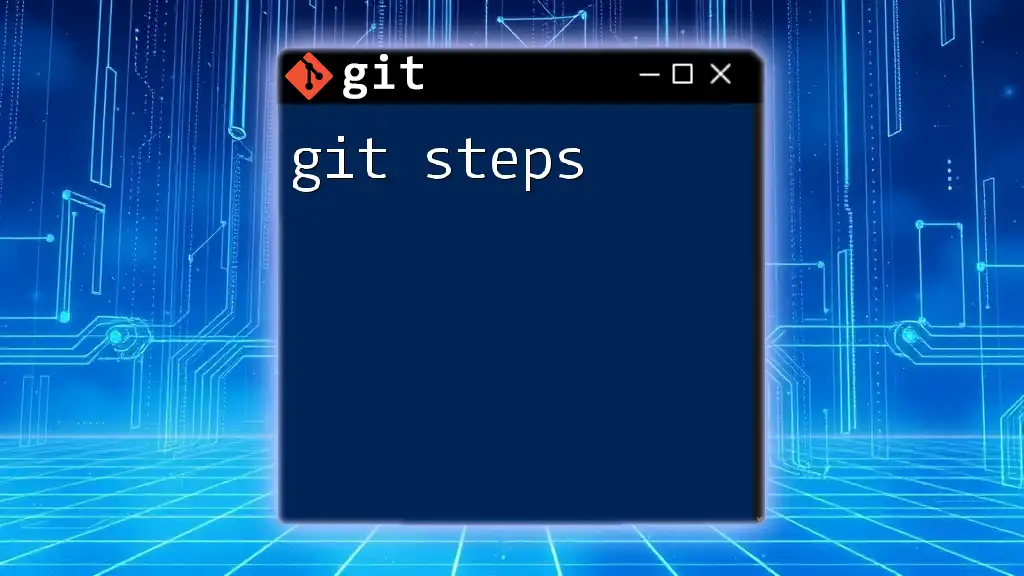
Setting Up Git for HTTPS
Installing Git
To get started with Git HTTPS, you first need to install Git on your machine. Installation varies by operating system:
- Windows: Download the installer from the official Git website and follow the installation prompts.
- macOS: You can install Git using Homebrew with the command:
brew install git - Linux: Most distributions come with Git in their package manager. For example:
sudo apt-get install git # For Debian-based systems sudo dnf install git # For Fedora
Configuring Git for HTTPS
Once installed, configuring Git to use HTTPS involves setting your user information. This is crucial because every commit you make will be tagged with this information.
Setting Your Username and Email
You need to set your username and email in Git config:
git config --global user.name "Your Name"
git config --global user.email "your_email@example.com"
This ensures that your contributions are correctly attributed when you push to a remote repository.
Creating a GitHub (or GitLab/Bitbucket) Account
If you don't have an account on GitHub (or any other Git platform), you’ll need to create one. Simply go to the website, click on "Sign Up," and follow the instructions. This account is essential for hosting your repositories where Git operates via HTTPS.
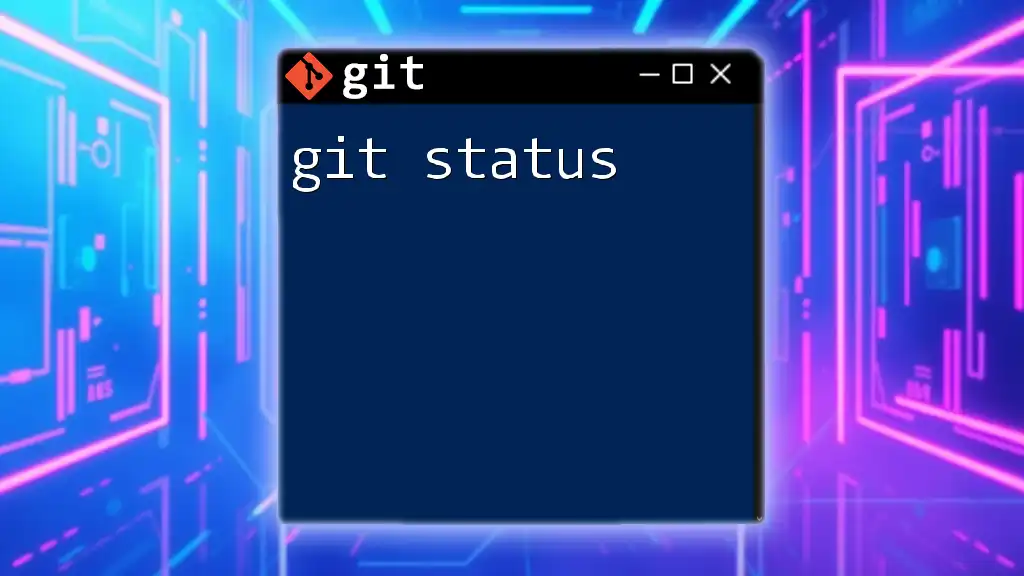
Cloning a Repository via HTTPS
Steps to Clone a Repository
Cloning a repository is the first step in communicating with a remote repository. It means downloading the contents of the repository to your local machine. This process is straightforward with HTTPS.
For example, if you want to clone a GitHub repository, use the following command:
git clone https://github.com/username/repository.git
Make sure to replace `username/repository.git` with the actual repository path.
What to Do After Cloning
Once you’ve cloned a repository, you need to navigate into its directory. This is essential for executing further Git commands:
cd repository
Replace `repository` with the name of the cloned repository.
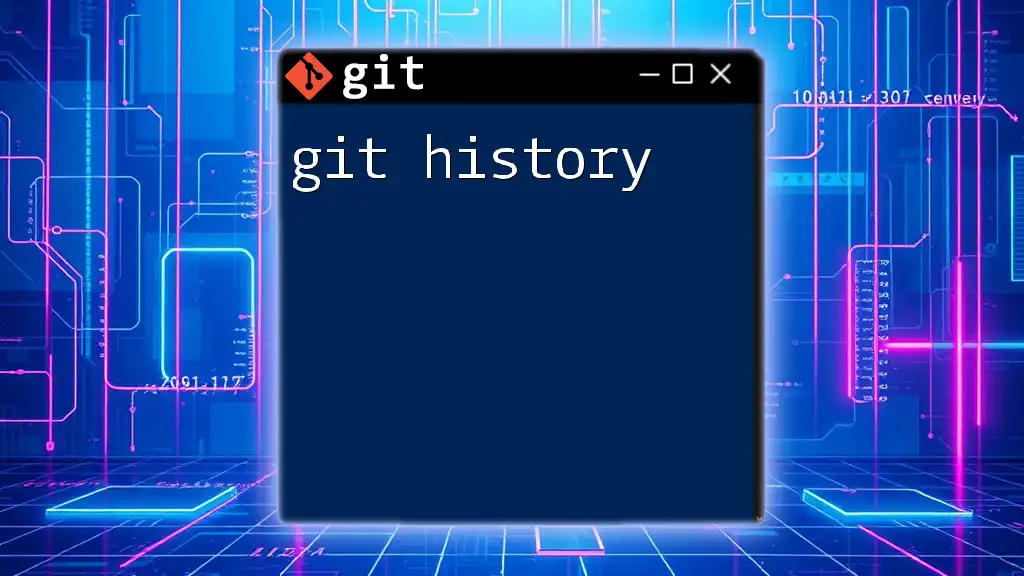
Committing Changes using HTTPS
Making Changes Locally
Working locally allows you to modify files as needed. Use your preferred text editor to make changes to your code files.
Staging Changes
Before these changes can be uploaded back to the remote repository, you need to stage them. The staging area acts as a buffer where you select which changes to include in your next commit. To stage all modified files, use:
git add .
Committing Your Changes
Once your changes are staged, it’s time to commit them. A commit represents a snapshot of your changes, and it is crucial to write a descriptive commit message that explains what you’ve changed. Use this command:
git commit -m "Your commit message here"
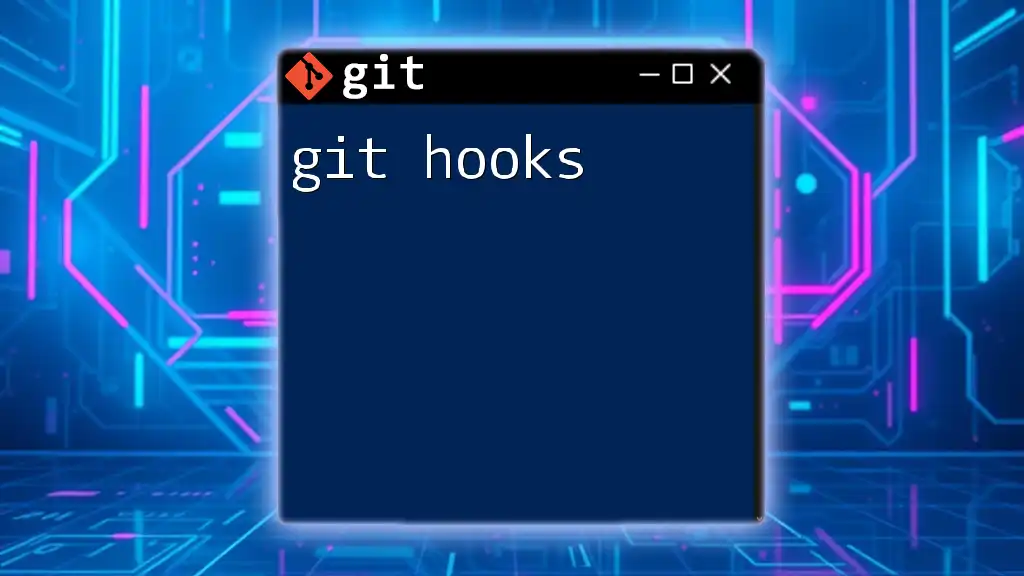
Pushing Changes via HTTPS
Understanding Push in Git
The push command is used to send your committed changes from your local repository to a remote repository. This step is crucial for sharing your code with others.
Pushing Your Changes
To push your changes using HTTPS, you would typically use:
git push origin main
Here, `origin` refers to the remote repository, and `main` is the branch you’re pushing to.
Handling Authentication Issues
When pushing changes for the first time using HTTPS, you might encounter authentication prompts. If you face issues, some common error messages include permission denial or authentication failure. It’s often due to incorrect credentials. You can clear your cached credentials using your operating system’s credential manager or remove the specific password associated with git in your credential store.
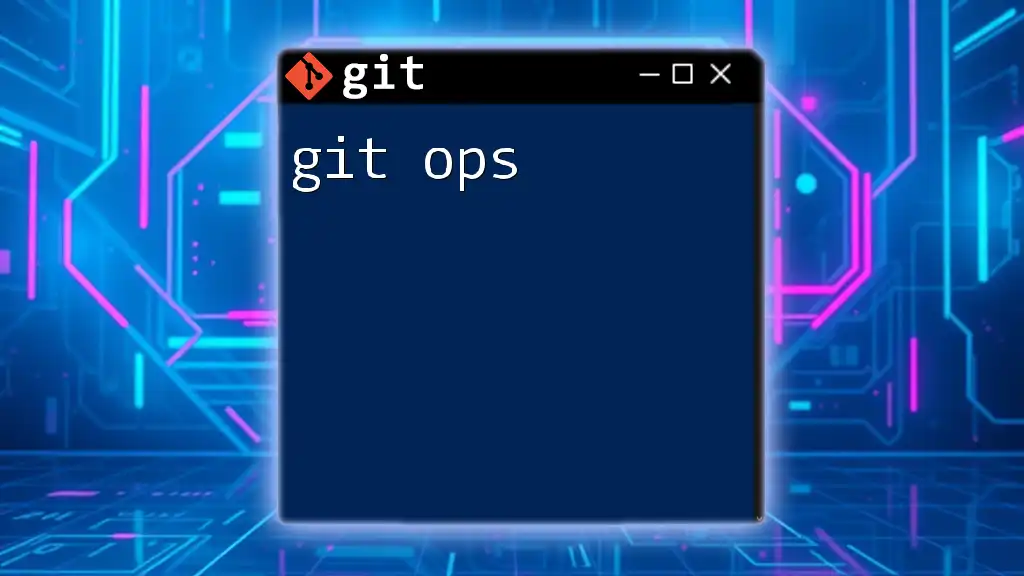
Pulling Changes using HTTPS
Understanding Pull in Git
Pulling is the process of fetching and applying changes from the remote repository to your local repository. This command is essential to ensure your local copy is up to date.
Pulling Changes
To pull the latest changes, use:
git pull origin main
This command fetches changes from the main branch of the remote repository and merges them into your current branch.
Handling Merge Conflicts
During a pull, you might encounter merge conflicts if changes in your local repository overlap with those in the remote repository. Git will indicate which files are in conflict. You will need to resolve these by manually editing the conflicting sections and then staging and committing the resolved files.
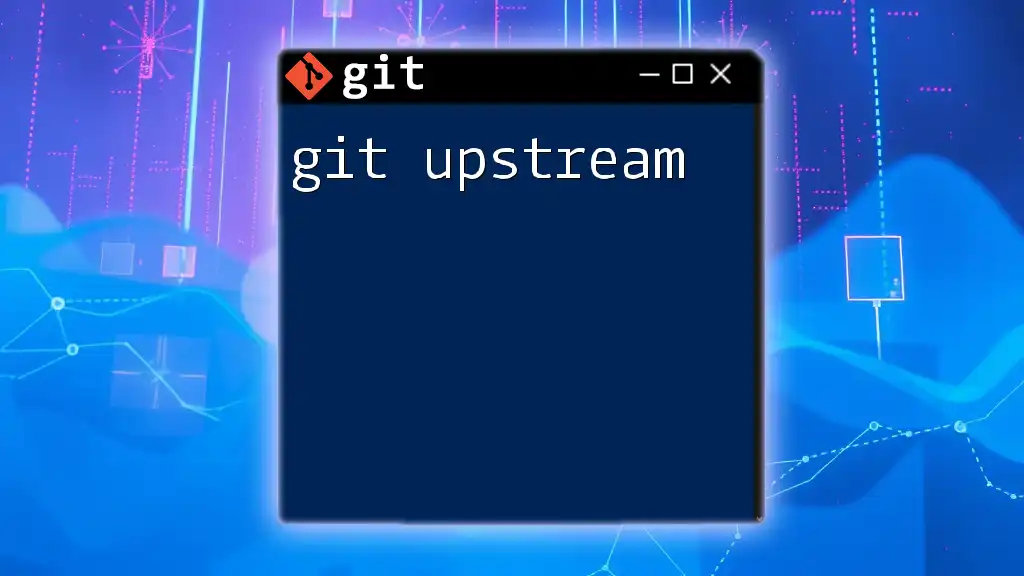
Best Practices for Using Git with HTTPS
Use SSH Keys for Enhanced Security
While HTTPS is secure, consider using SSH (Secure Shell) for enhanced security, particularly for frequent interactions with remote repositories. Setting up SSH keys can seamlessly authenticate without prompting for credentials each time.
Regular Commits and Pulls
Make a habit of committing changes regularly. This practice keeps your commits logically organized and reduces the potential for conflicts. Similarly, pulling changes frequently helps keep your local repository up to date with team contributions.
Keeping Your Commit History Clean
Maintain a clear and concise commit history by writing meaningful commit messages. This clarity helps any team member—or your future self—understand the evolution of the project.
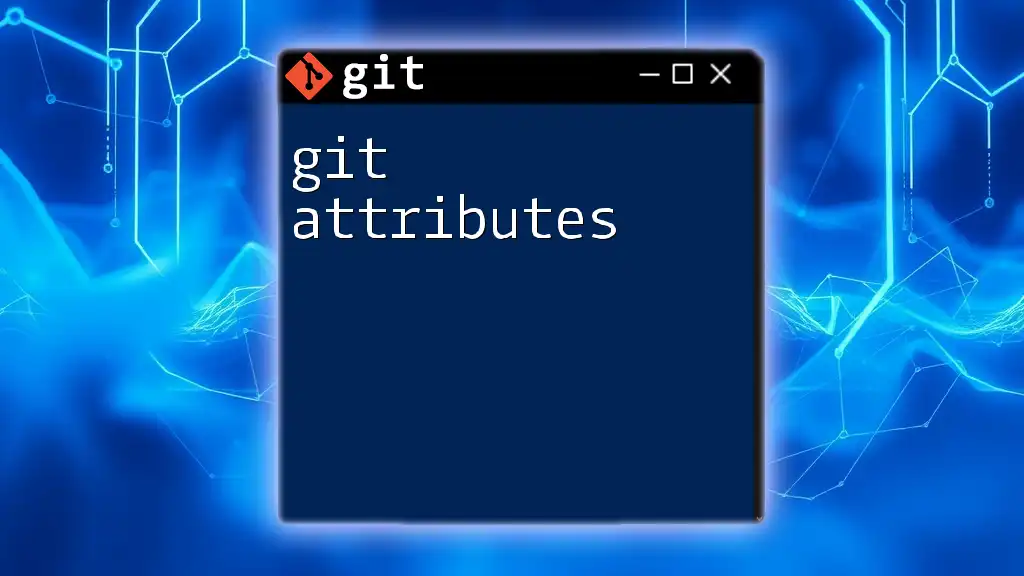
Conclusion
Mastering git https is essential for any developer working collaboratively or managing a project. From initial setups to daily practices, using Git over HTTPS can greatly enhance your workflow. As you become more familiar with these commands and concepts, www your expertise in version control will grow, empowering you to collaborate more effectively in your projects.
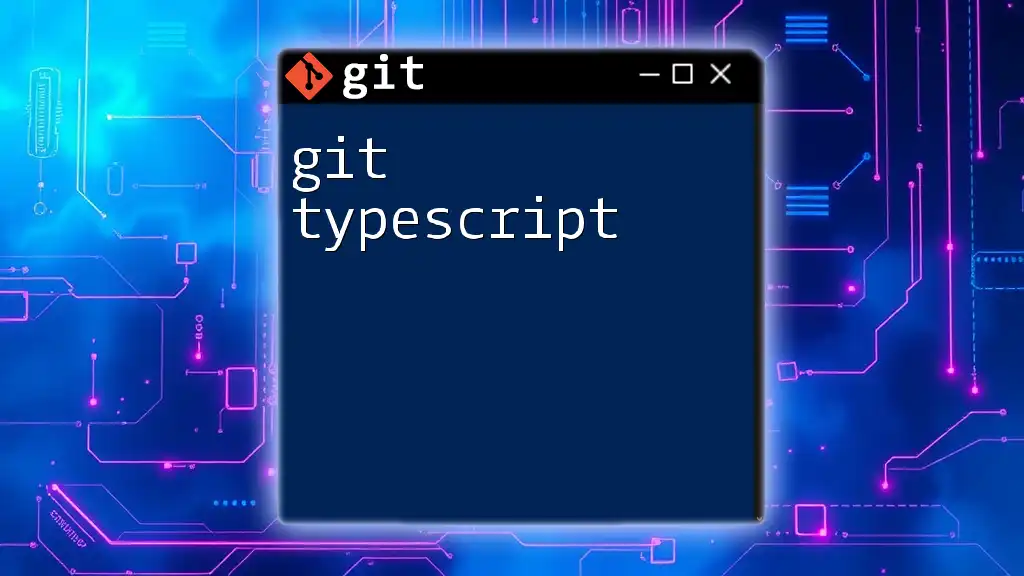
Additional Resources
For further learning, refer to the official Git documentation and consider exploring online courses that cover Git and version control practices in depth. Engaging in community forums can also provide help and support from more experienced Git users.

